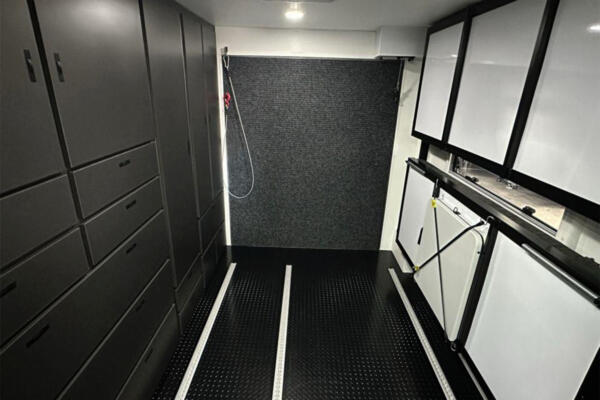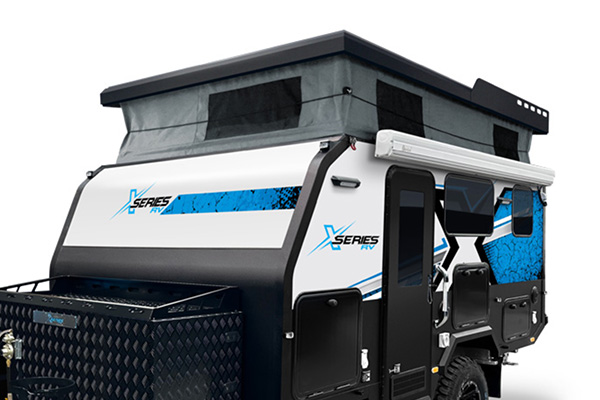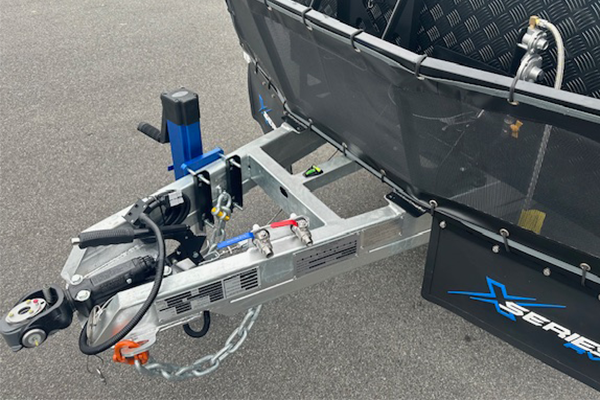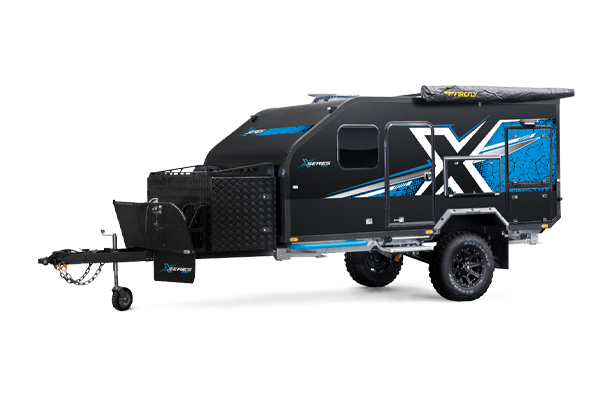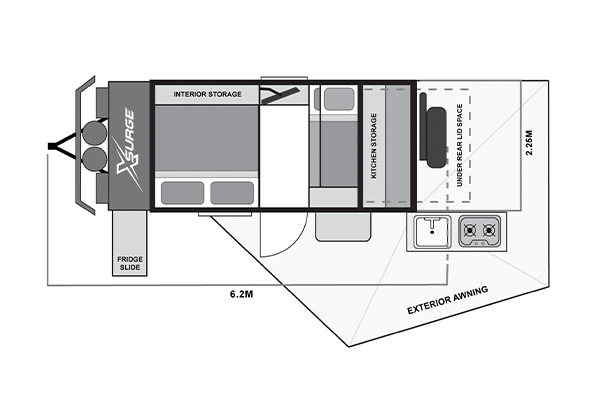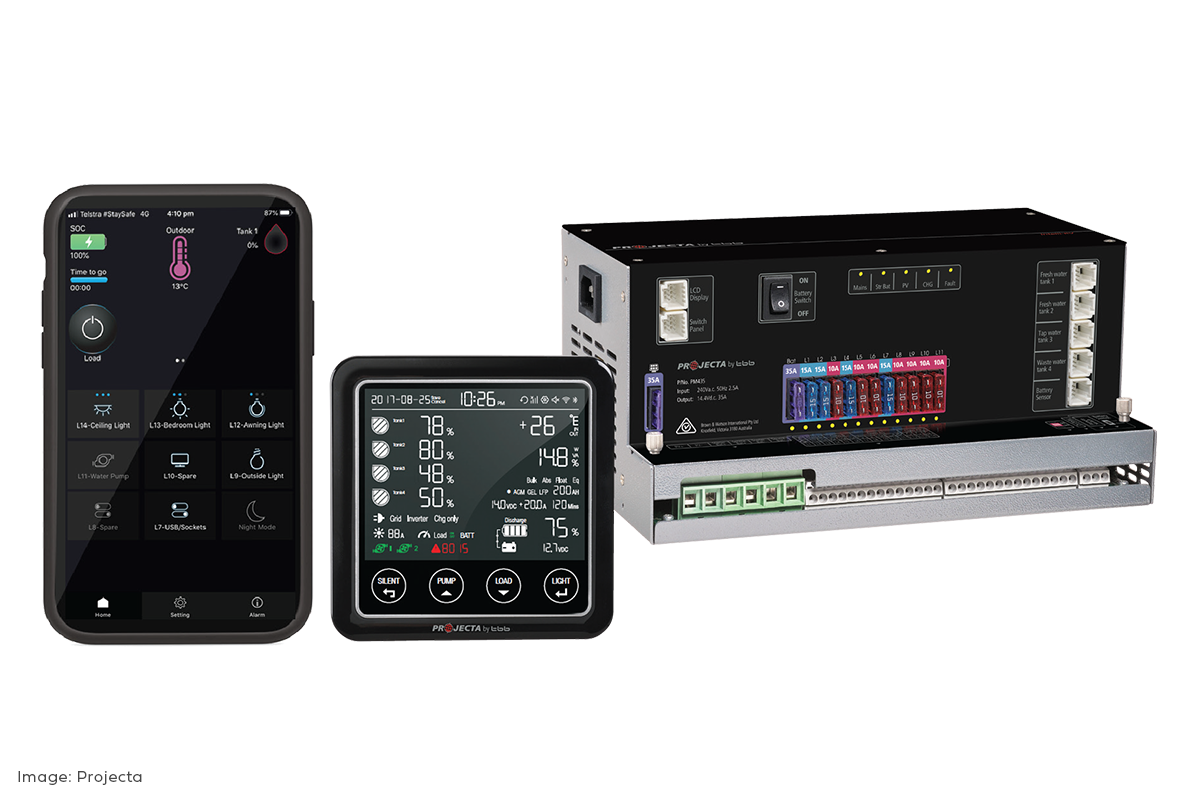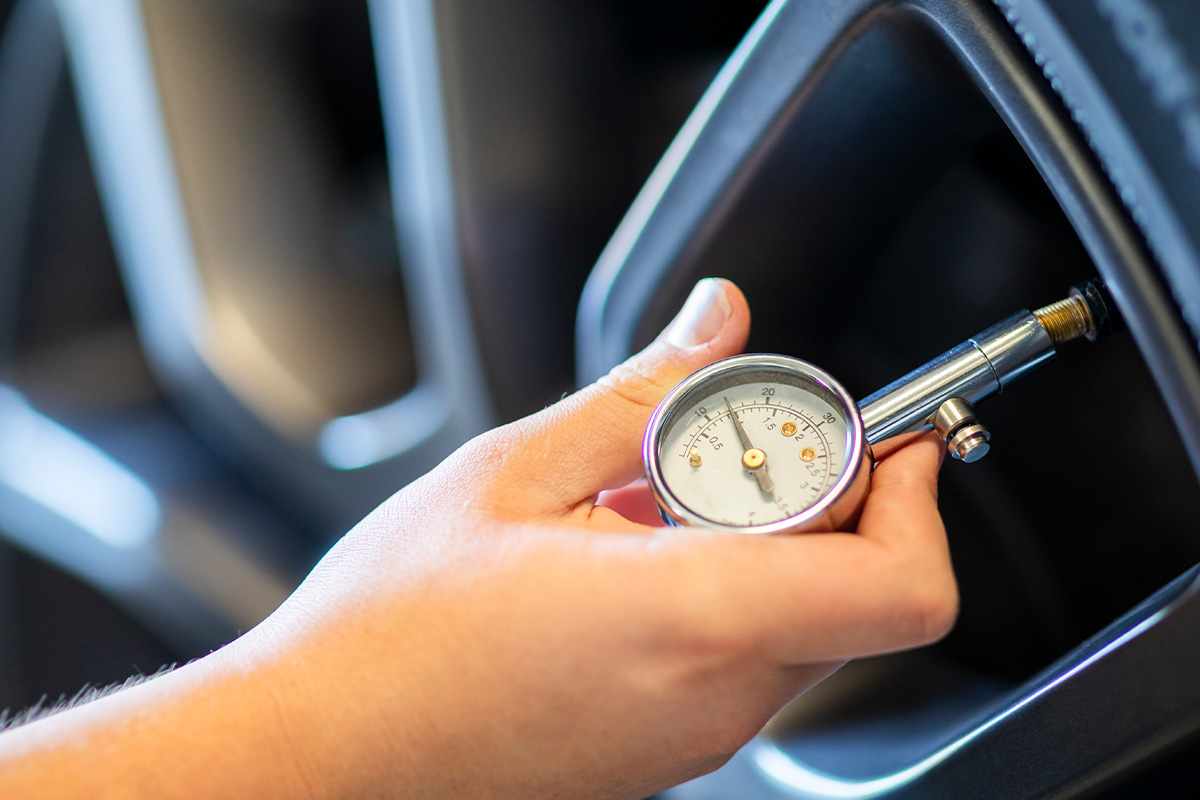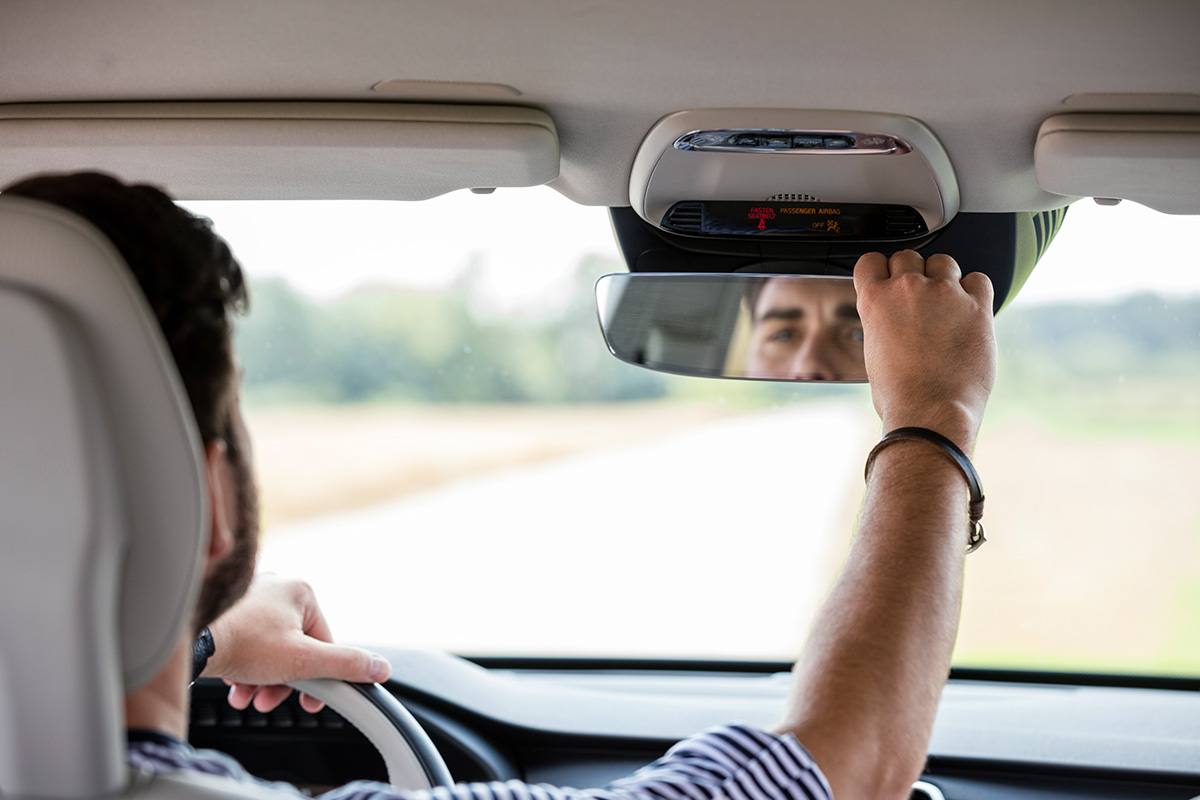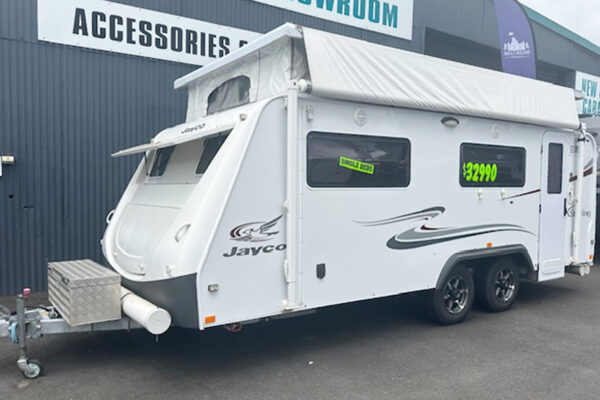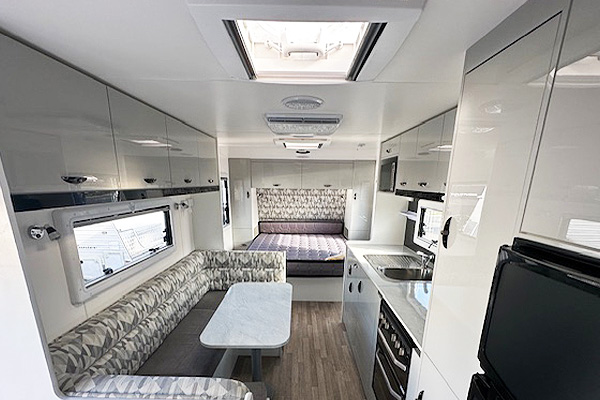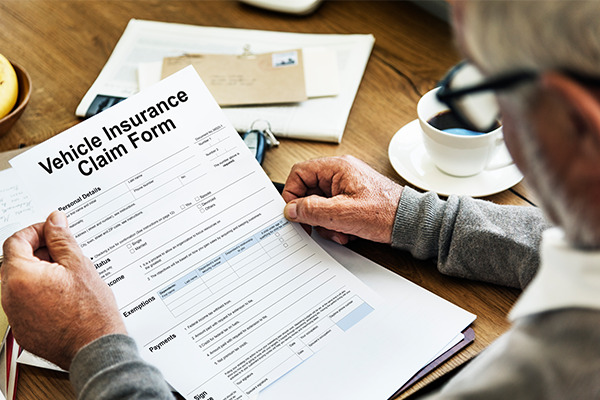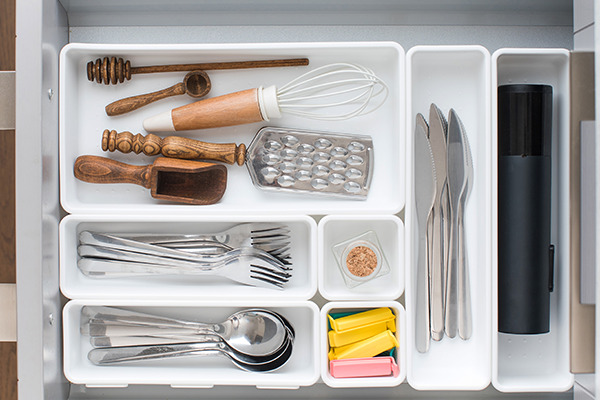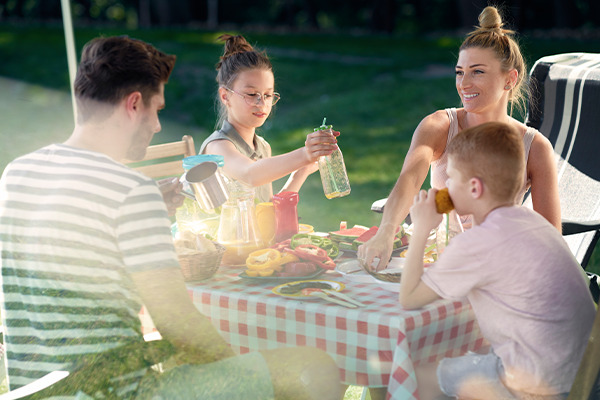Keep up to date with all things caravanning

Ultimate Guide to Wheelchair Accessible Caravans
January 12, 2024
Whether heading off on a family holiday or setting out for the adventure of a lifetime, nothing beats the freedom of the open road. Caravanning is a great way to explore if the Australian outback is beckoning or if you fancy coastal drives with the ocean as far as the eye can see. Wheelchair-accessible caravans ensure wheelchair users can travel around the country in comfort and safety. Either custom-built or modified, wheelchair-accessible caravans open up the world of travel to remote and exciting places or purely a relaxing sojourn.
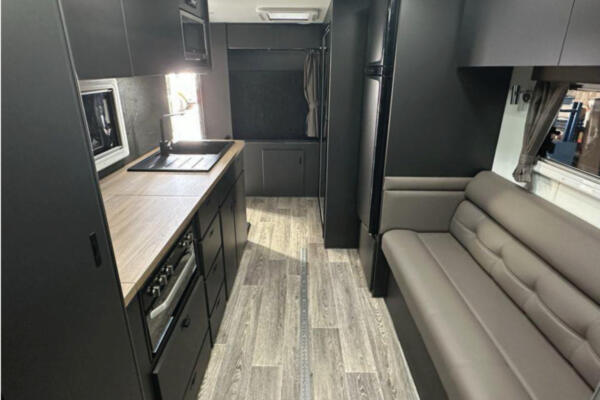
What is a Wheelchair Accessible Caravan?
A wheelchair-accessible caravan is a caravan that has been modified so that a wheelchair can get in and out easily and move around the van. Wheelchair-accessible caravans have an increased interior size with fewer obstacles, ramps or lifts at the entrance, and practical modifications to accommodate mobility issues. Some manufacturers are purpose-building wheelchair-accessible caravans, and others do caravan modifications.
Choosing the Right Wheelchair Accessible Caravan Layout
Whether buying a purpose-built caravan or custom-designing a layout, there are several factors to think about when it comes to wheelchair accessibility. To be able to access the caravan, manoeuvre a wheelchair around, and utilise all the amenities, remember to take into account these factors:
- How to get in and out of the caravan.
- Will the internal layout allow easy navigation with a wheelchair without too many obstructions?
- Can the wheelchair be moved to the seat and back again?
- Are the light switches and other fittings within easy reach?
- Is the shower big enough to allow easy access?
- Is there room to store a wheelchair (if required) or any other equipment you must use?
- Are beds, toilets, tables and benchtops at a suitable height?
- Is there a secure position for the wheelchair to be stored?
How to Make a Caravan Wheelchair Accessible
Much like a home, adapting a caravan to accommodate wheelchair access and mobility issues follows the same principles. You need to get in and out of the caravan with a wheelchair, have room to move around, and access all the internal facilities like the bed, bathroom, kitchen and dining area. Incorporate some of the following suggestions into the caravan design to create the ultimate wheelchair-accessible caravan.
- Ramps. For people in wheelchairs or with limited mobility, ramps are an excellent solution for getting in and out of the caravan. In a static caravan, a permanent ramp can be installed, but check if you require planning permission. Touring caravans can use temporary fold-away ramps that can be stored under the door and are stored away in the van. These ramps are available in manual and electric. While the manual ramps are less expensive, you may need a travelling companion to use them, so if travelling alone, an electric ramp may be a more practical option.
- Electric lift. Wheelchair lifts allow easy access in and out of the caravan for wheelchairs and scooters. The lift uses a platform that raises and lowers the wheelchair or scooter to have easy access to the van and outside. They usually operate with a remote control and are perfect for solo travellers. An electric lift tends to take up less room than a ramp.
- Wide access doors. Wheelchair access means you’ll need a wider doorway, which will be made at the time of manufacture or can be added during customisation. For a caravan to have wheelchair access, the door frame must be at least 900mm wide if it is a standard wheelchair. An electric wheelchair may take up more space, so be sure to check the measurements of your wheelchair.
- Grab rails. Grab rails are handrails with grip and are helpful for balance and ease of navigation. Grab rails should be placed at the entrance and in the bathroom. When thinking about installing grab rails, consider what height they need to be, and ensure they are in areas that require movement, such as the kitchen, living room, bathroom and next to the bed.
- Widening passageway. Passageways need to be a minimum of 92 cm wide for a single wheelchair movement but wider if you want to allow other people to get past the wheelchair or to allow for the wheelchair to turn.
- Lowered kitchen benches. Lower the kitchen benches to a comfortable height for a wheelchair user. Benchtops that are between 750mm and 800mm higher than the floor level are usually the most comfortable reach. Ideally, the worktop height should be set to 250mm higher than the wheelchair seat.
- Wet room. A wet room is ideal for wheelchair users as it is a waterproofed bathroom with a shower area that is the same level as the rest of the floor. When designing a wet room, make sure there is plenty of space for a wheelchair and even a carer if one is required.
- Shower chairs and stools. For caravans with a regular shower area, invest in a shower chair or stool for anyone with disability issues. Small spaces will suit a shower stool, but if you have a large enough space, a shower chair is ideal as it offers additional back support and the option of armrests.
- Handheld shower. A height-adjustable handheld shower is essential for wheelchair users, but make sure the taps are within easy reach when investigating the right caravan.
- Layout adjustments. The ideal layout for a wheelchair-accessible caravan is as open-plan as possible to enable the wheelchair unencumbered access throughout the caravan. The open-plan living area can comprise a large bedroom, kitchen, dining and lounge without many obstacles. Most purpose-built wheelchair-accessible caravans will have these configurations, but if you are trying to adapt an existing caravan, moving furniture and widening hallways will be required. One idea is to replace the table with an adjustable, swivel or drop-down table that can be moved.
- Profiling beds. These beds are electric, height-adjustable beds and are ideal for those with disability needs. Remember that a profile bed for a caravan is different to a home profile bed as it is built with weight in mind. Profile beds for caravans are usually made from aluminium instead of steel for the support structure.
- Slide-out kitchen. Slide-out kitchens actually slide out from the side of the caravan, so there is not as much need for adjustments to the internal kitchen as you may not need to use it as much. When you have finished with the kitchen, you just slide it back in. In a streamlined and compact design, most slide-out kitchens have burners, sinks, prep areas, and storage. Remember to check what height the slide-out kitchen can be customised to before making a decision.
- Sliding doors. Ensure any internal doors, whether in the bedroom or bathroom, are sliding doors for unobstructed access.
- Ceiling track hoists. Ceiling hoists are ideal if you have enough room in the caravan, as they can be used to get in and out of bed and from one area to another in the van. It is important to remember a ceiling hoist will need the caravan roof to be strengthened to handle the lifting weight.
- Electric awning and electric roof hatch. Awnings are ideal as electric awnings can add extra space at the press of a button. They can also be used for additional storage for mobility aids. A manual awning will require assistance to assemble as it requires an awning pulley system. Electric roof hatches are electronically operated and can be opened and closed easily using a remote control.
- Electric pull-down door and ramp. A custom-built electric pull-down door and ramp built into the design allow easy access for a wheelchair. Caravans like the Tuff Mudda Toy Hauler can have these ramps at the back or side of the van, specifically designed for families and wheelchair users.
- Remote-controlled heating and cooling. Controlling the caravan’s climate with a single remote control is ideal for anyone with mobility issues, as it is easily accessible.
- Smart Technology. With a caravan smart system, you can control the lights, TV, fridge, inverter, water pump, heater and anything else you want to connect to the system. A smart system will even monitor water levels, interior temperature and battery power levels and is all accessible from one panel.
Caravanning is great for everyone. New technologies and features are being developed to make caravans increasingly accessible so that more people with mobility issues can enjoy the freedom of travelling around Australia. There are plenty of caravans that are suitable for wheelchair accessibility and plenty that can be customised to suit individual needs. It becomes your own home on wheels that is as accessible as you make it. For more details on wheelchair-accessible caravans, contact the friendly team at Canterbury Caravans.
